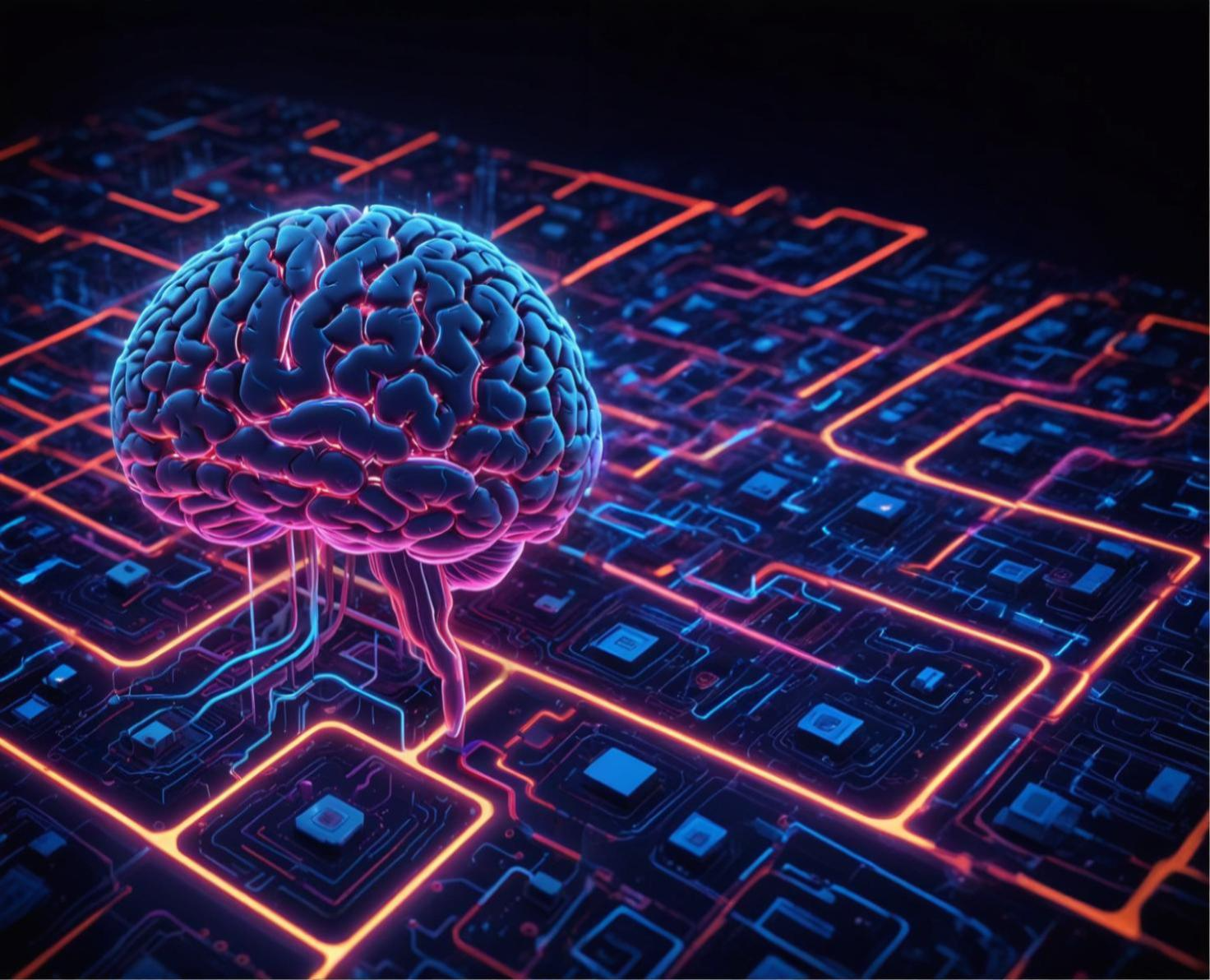Introduction: AI-Driven Product Development as a Strategic Edge
AI-driven product development is reshaping how organizations bring software and services to market. Enterprises are no longer relying solely on human expertise and gut instinct to define product strategy, design experiences, or analyze user feedback. Instead, they’re leveraging artificial intelligence to transform how products are built—across the entire lifecycle.
By integrating AI technologies like machine learning, natural language processing, and generative models, companies can accelerate discovery, reduce iteration cycles, and deliver more intelligent, user-centered products.
What Is AI-Driven Product Development?
AI-driven product development refers to the integration of AI into key product functions—from ideation to post-launch optimization. It empowers product teams to make data-backed decisions, automate redundant processes, and build at scale with higher confidence.
Where traditional methods rely on qualitative research and static roadmaps, AI enables dynamic, evidence-based development powered by real-time insights and pattern recognition.
Harvard Business Review reports that AI is now seen as a “force multiplier” in product teams, boosting their ability to innovate faster and minimize risk.
Why AI-Driven Product Development Is Gaining Traction in 2024
Several market shifts are fueling the rise of AI in enterprise product development:
- Data overload: Teams are drowning in data—AI can extract what matters.
- Faster iteration cycles: Agile frameworks require real-time decision support.
- Personalized experiences: AI can adapt product behavior to user needs.
- Cross-functional demands: AI unifies inputs across product, design, engineering, and analytics.
According to Gartner, 50% of all product development investments will involve AI tools by 2027.
Enterprise Use Cases for AI-Driven Product Development
Prioritizing Features with Predictive Analytics
Product managers use predictive models to analyze customer usage data, churn signals, and feedback to prioritize features with high impact. This reduces roadmapping risk and aligns development with real business value.
AI in UX Design and Prototyping
Design platforms like Galileo and Uizard generate UI mockups from text prompts, enabling rapid design validation and prototyping.
AI-Powered Quality Assurance and Testing
Machine learning models detect bugs earlier by analyzing code patterns and user behaviors. Platforms like Testim and Diffblue enhance test automation and reliability.
Generative Coding and Documentation
AI coding assistants such as GitHub Copilot help developers accelerate code writing, reduce repetition, and improve documentation standards.
Post-Launch Optimization Using AI
After release, AI tools analyze telemetry, run intelligent A/B tests, and identify underperforming features—informing the next iteration quickly.
How AI Enhances Each Stage of the Product Lifecycle
| Stage | AI Contribution |
|---|---|
| Ideation | Sentiment analysis, customer clustering, idea validation |
| Planning | Predictive analytics, impact estimation, roadmap scoring |
| Design | AI-generated UI mockups, layout optimization |
| Development | Code suggestions, schema generation, performance alerts |
| Testing | Autonomous test creation, regression analysis |
| Deployment | Release management, failure forecasting, real-time user monitoring |
| Growth | Retention modeling, behavior analysis, LTV prediction |
Case Studies of AI-Driven Product Development at Scale
Spotify: Predictive UX Modeling
Spotify uses AI to simulate user engagement with new features pre-launch, minimizing risk and maximizing user satisfaction.
Shopify: Generative Storefront Design
Shopify allows developers to use AI-powered tools to generate storefront designs, significantly reducing time-to-market.
Salesforce: Embedded AI Across the Stack
Salesforce’s Einstein AI personalizes workflows, predicts behavior, and supports product teams in optimizing user engagement across platforms.
Best Practices for AI-Driven Product Teams
- Start with one pain point
Begin with a manageable, high-impact domain—such as backlog prioritization or automated research. - Use explainable AI tools
Transparency and interpretability are key to team trust and adoption. - Ensure proper data infrastructure
Good AI relies on clean, relevant, and well-governed data pipelines. - Train cross-functional teams
Encourage shared fluency in AI between product, engineering, and UX design groups. - Scale mindfully
Expand from pilot use cases to more complex automation over time.
Strategic Link: Where AI Meets Business Development
While AI-driven product development improves technical workflows, it also has a critical role in business development and venture validation.
Platforms like Venture Builder AI support business teams in:
- Identifying high-potential market gaps using AI research
- Validating go-to-market strategies before investing in product builds
- Running AI-powered market tests to improve confidence in product-market fit
This is where AI empowers not just developers—but business creators, strategists, and innovators.
The Future of AI in Enterprise Product Development
Expect the next wave of enterprise product development to include:
- Self-optimizing features based on real-time usage data
- Simulated personas and markets using generative AI
- AI-first planning systems that co-author roadmaps with product teams
As AI tools continue to mature, the gap between decision and delivery will continue to shrink—enabling more fluid, responsive innovation.
Conclusion
AI-driven product development isn’t just about speed. It’s about smarter execution, data-informed design, and higher adaptability to user needs.
For enterprise product teams looking to reduce waste, increase delivery confidence, and maximize customer satisfaction—AI offers a strategic advantage across the entire lifecycle.
If you’re also exploring how AI can streamline business development or validate your next venture idea, visit https://vbai.io to see how AI can support innovation before a single line of code is written.

